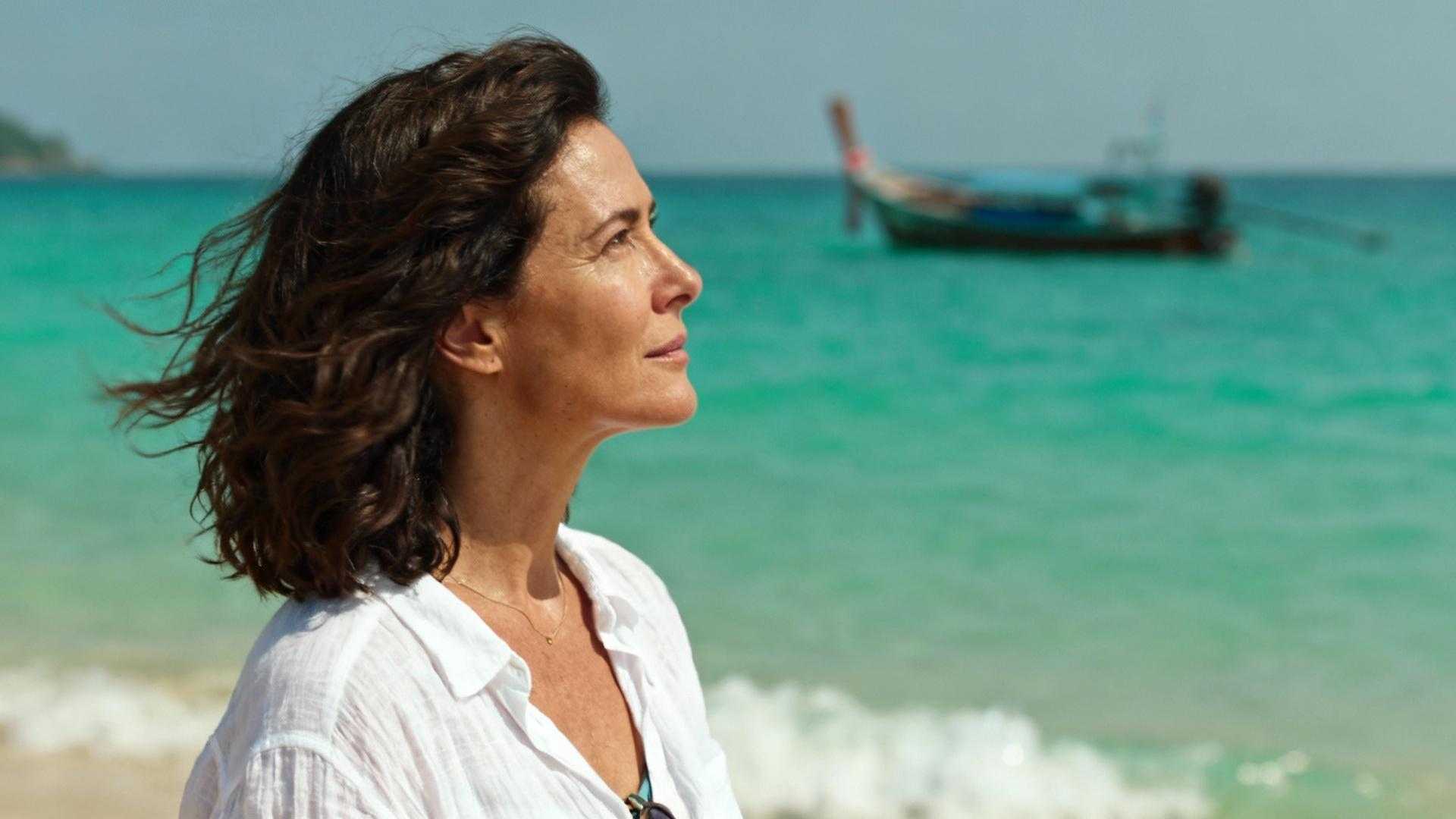I spent $20 on a longtail boat from Phi Phi Don at sunrise, and within 15 minutes, I was standing on Bamboo Island’s powder-white sand with fewer than 30 people around me. Meanwhile, Maya Bay—just 8 kilometers south—was already preparing for its daily quota of 4,125 visitors, each paying premium prices for controlled one-hour slots that feel more like theme park admission than tropical escape.
Bamboo Island (Koh Mai Phai) delivers the same turquoise Andaman Sea beauty that made Maya Bay famous, but without the visitor limits, the damaged coral reefs, or the crowds that necessitated a four-year closure. This 600-meter-long sanctuary remains what Maya Bay once was: a pristine national park island where blacktip sharks cruise shallow waters and coral gardens thrive just offshore.
The Thai park rangers protecting this uninhabited island have achieved what Maya Bay’s $50 million restoration couldn’t—a sustainable model where nature recovered naturally, not through replanting 30,000 corals with only 50% survival rates.
Why Maya Bay’s recovery can’t match Bamboo Island’s natural preservation
The coral health difference is measurable and visible
When I snorkeled 500 meters offshore at Bamboo Island, I saw vibrant coral formations that marine biologists estimate cover 60-70% of the reef structure. Maya Bay’s coral, by contrast, had declined to less than 8% coverage before its 2018 closure, and despite intensive restoration efforts, the ecosystem remains fragile and restricted. The water at Bamboo Island stays crystalline year-round because there’s no boat traffic churning sediment—longtails anchor offshore and visitors wade in, exactly as sustainable tourism should function.
Access freedom versus controlled experience
Maya Bay now operates like a ticketed attraction with 375 people per one-hour time slot starting at 7 a.m., using a back-entrance jetty that keeps boats away from the famous beach cove. Bamboo Island has no such restrictions—you can stay all day, swim beyond knee-deep water (Maya Bay’s current limit), and explore the casuarina forest that covers this coral-reef-turned-island without feeling rushed through a recovery zone.
The practical advantages that actually matter for your trip
Cost comparison reveals 70% savings
Standard Maya Bay tour packages from Phuket or Krabi cost $80-150 and include multiple stops because operators need to justify premium pricing for that one-hour Maya Bay window. Bamboo Island day trips run $20-50 for the same boat ride duration, often including Phi Phi snorkeling spots and lunch on Phi Phi Don, without the premium attached to Maya Bay’s Hollywood fame.
Crowd density transforms the experience
With 4,125 daily visitors funneled through Maya Bay versus Bamboo Island’s estimated 200-300 visitors (mostly during November-April high season), you’re looking at a 93% reduction in tourist density. I watched sunrise at Bamboo Island with 12 other people scattered across 600 meters of beach. Maya Bay’s first slot alone brings 375 people to a smaller cove.
The authentic Thai conservation model that works
Natural recovery without intensive intervention
Bamboo Island’s ecosystem thrives because it never reached Maya Bay’s crisis point. The island remained uninhabited and undeveloped, protected within Mu Ko Phi Phi National Park since 1983, allowing coral, marine life, and coastal vegetation to maintain natural balance. Thai park staff enforce simple rules—no littering, no coral touching, no permanent structures—that cost nothing and work perfectly.
Seasonal access matches marine life patterns
Unlike Maya Bay’s annual August-September closure for monsoon conservation work, Bamboo Island stays accessible year-round with natural crowd reduction during May-October rainy season. The best snorkeling happens November-April when water visibility reaches 20-30 meters and water temperature holds steady at 82-84°F.
What you’ll actually experience on this protected island
The bioluminescence secret that guides don’t advertise
Book an overnight boat trip anchored offshore (permitted in designated zones), and you’ll witness bioluminescent plankton creating blue-green trails in the water after dark. This natural phenomenon occurs at Bamboo Island because minimal light pollution and healthy plankton populations thrive in protected waters—something Maya Bay’s intensive tourism disrupted years ago.
Casuarina forest shade and the bamboo irony
Despite its name, actual bamboo grows sparsely on Koh Mai Phai. The island’s shaded interior features casuarina and pine-like trees that Thai locals planted decades ago, creating perfect midday retreat from equatorial sun. This forest harbors tropical birds and provides the kind of authentic island exploration that developed Andaman islands can’t offer.
Planning your visit to Thailand’s sustainable alternative
Bamboo Island proves that the best conservation strategy is preventing damage before it happens. While Maya Bay struggles through expensive recovery with visitor quotas and replanted corals, this tiny sanctuary 15 minutes north demonstrates what Thai national park protection achieves when applied before Instagram fame arrives. Book your $20 longtail boat from Phi Phi Don’s Tonsai Pier, bring reef-safe sunscreen, and experience the Andaman Sea’s turquoise paradise as it should be—pristine, accessible, and authentically protected.
Common questions about visiting Bamboo Island
How do I get to Bamboo Island from Phi Phi Don?
Longtail boats depart from Tonsai Pier throughout the day for $20-30 per person round-trip, or join group tours ($40-50) that include snorkeling equipment and lunch. The 15-minute ride crosses calm waters year-round except during severe monsoon conditions.
Can I stay overnight on Bamboo Island?
The island has no accommodations or camping facilities due to national park regulations. Some tour operators offer overnight boat trips that anchor offshore, allowing swimming and bioluminescence viewing after sunset.
What’s the best time to visit for snorkeling?
November through April offers peak visibility (20-30 meters), calm seas, and water temperatures around 82-84°F. May through October brings afternoon rain but fewer crowds and lower tour prices.
Is Bamboo Island better for beginners than Maya Bay?
Absolutely. The offshore reef at Bamboo Island has calmer currents, shallower coral formations (3-5 meters depth), and less crowding, making it ideal for first-time snorkelers who want healthy marine life without advanced skills.
Are there facilities like restrooms or food on the island?
No permanent facilities exist on Bamboo Island. Bring water, snacks, and sun protection. Tour operators typically provide lunch on nearby Phi Phi Don, and boats return to Tonsai Pier where full amenities are available.
